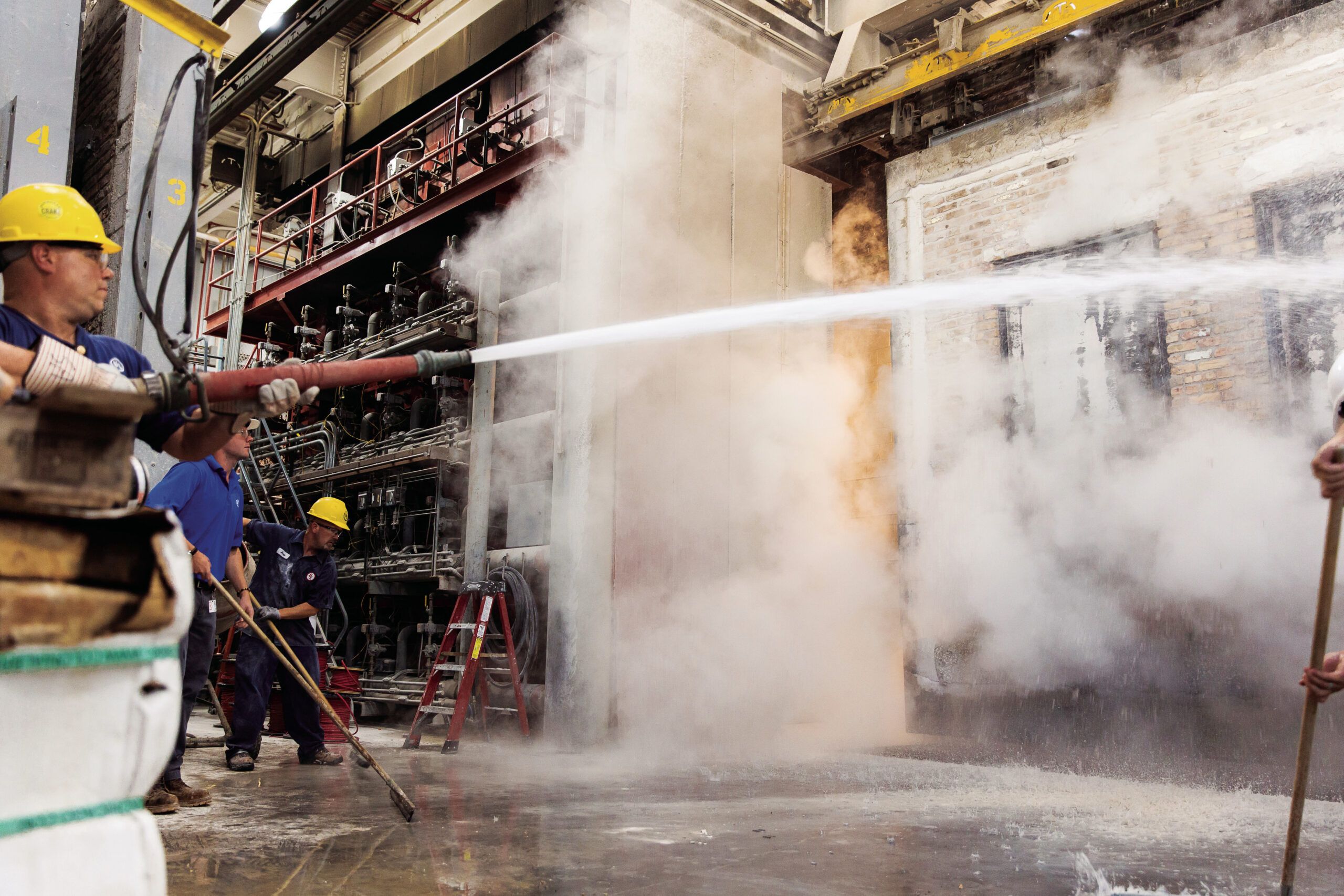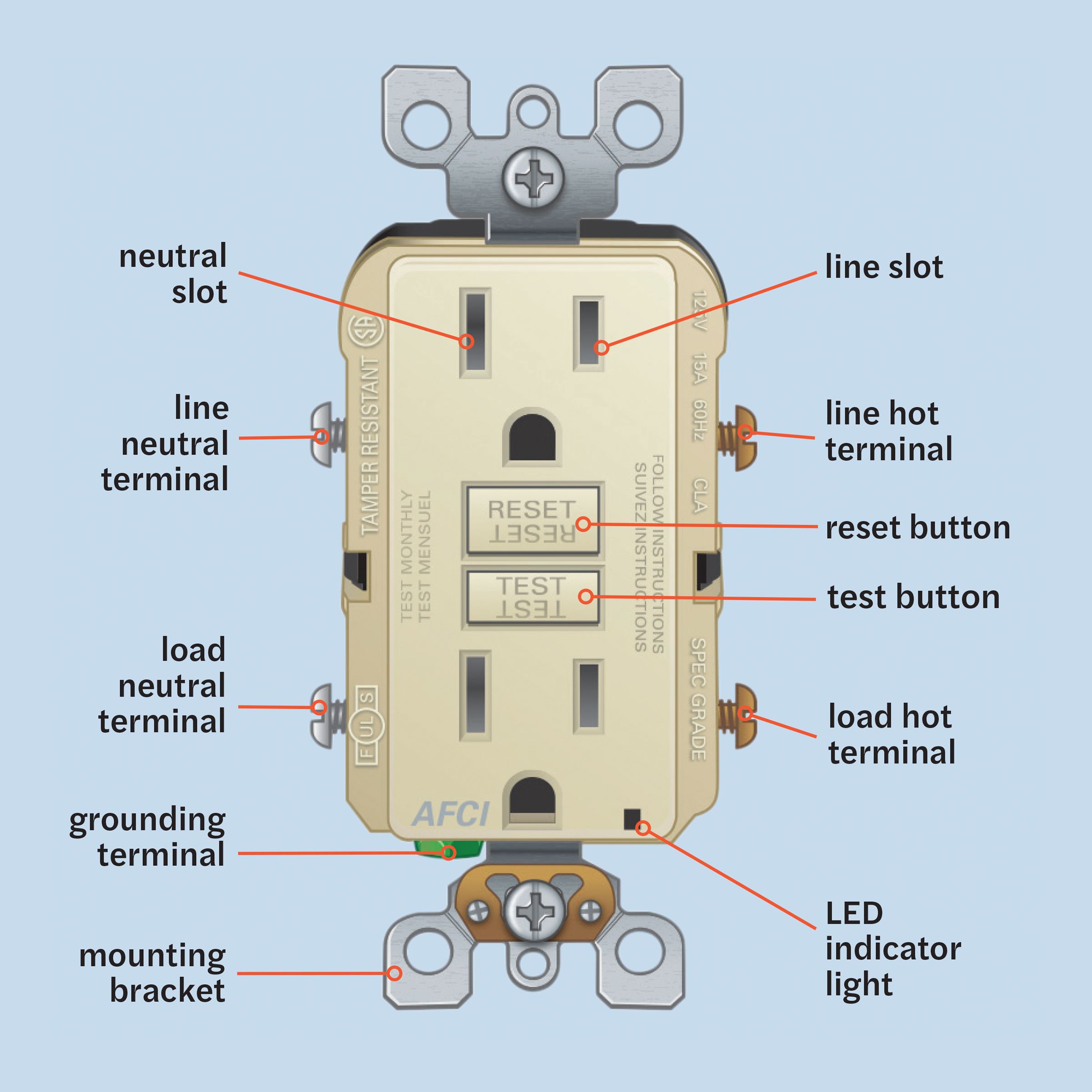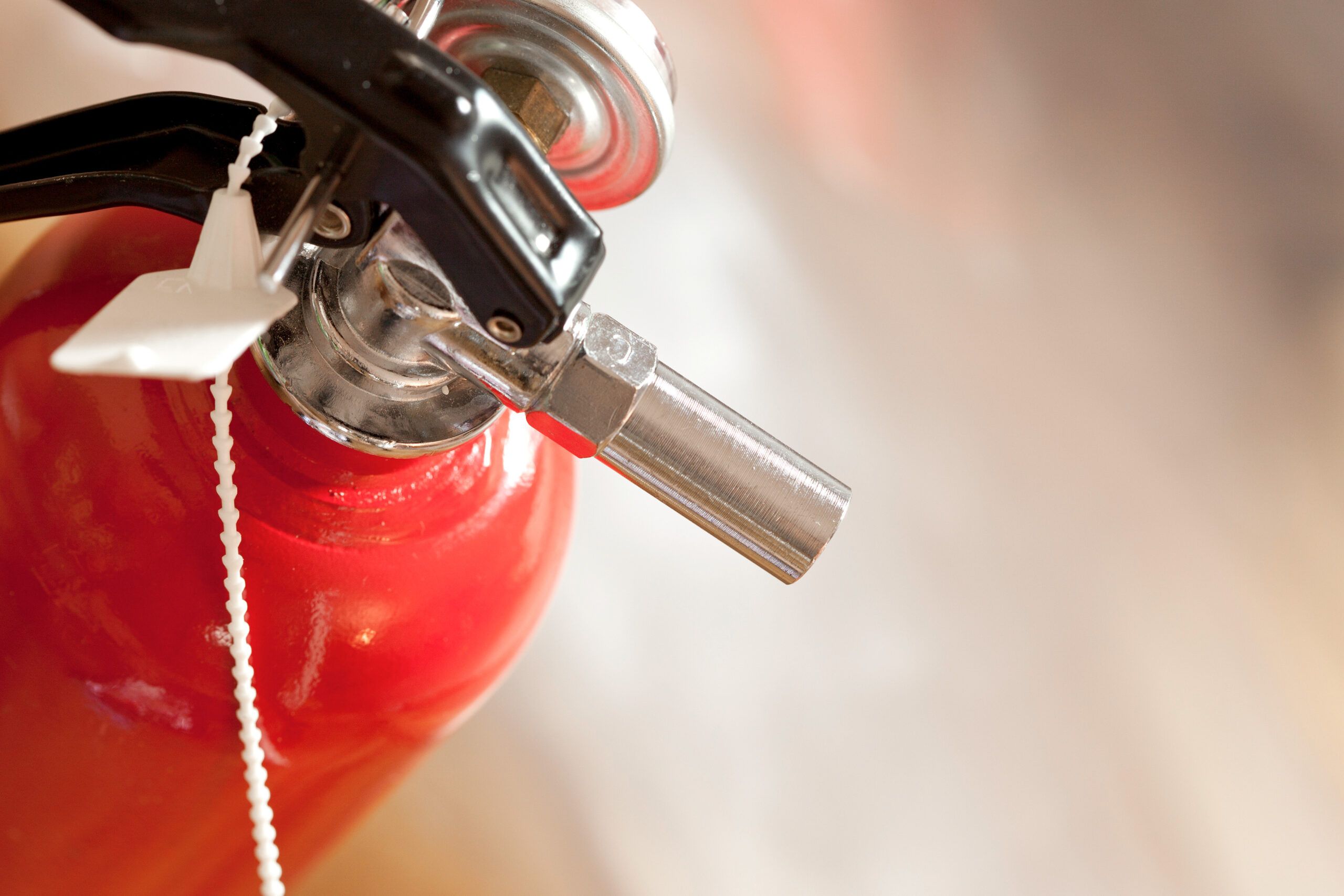This story originally appeared in the Winter 2021 Issue of This Old House Magazine.
Your home should be a safe haven, but it may harbor fire hazards you haven’t considered. According to Susan McKelvey of the National Fire Protection Association (NFPA), “People feel safest from fires when they’re at home, but in reality, that’s where they are at greatest risk.” Each year, firefighters respond to approximately 358,000 house fires, primarily caused by cooking, space heaters, and faulty wiring. Understanding the risks and implementing preventive measures can significantly reduce your risk of a house fire.
The Science of House Fires

Modern construction materials and home designs have changed how fires spread in residential settings. Research from the Underwriters Laboratories Fire Safety Research Institute has provided valuable insights into the behavior of house fires.
Modern Materials and Their Impact on Fire Spread
Today’s homes are filled with synthetic materials that burn faster and hotter than natural materials used in the past. Furniture made with polyurethane foam and medium-density fiberboard (MDF) burns eight times faster than items produced with natural materials, such as cotton and solid wood. This rapid combustion has drastically reduced the time homeowners have to evacuate during a fire—from 17 minutes 40 years ago to just three minutes today.
Smoke is also produced by these synthetic materials, which can be much more toxic than older furniture and put homeowners at increased risk.
The Role of Open Floor Plans in Fire Progression
Open floor plans, while popular for their spacious feel, can contribute to the rapid spread of fires. There are no walls to contain flames and smoke, and there’s a seamless flow of air. This feeds the fire and causes it to expand more quickly, engulfing large areas of the home in moments.
Fire Safety Equipment for Your Home
Keeping fire safety equipment in your home can alert you in the event of a fire, reduce property damage, and save lives. A smoke alarm system is required by law, but you should also consider adding fire extinguishers, a home fire sprinkler system, a fire suppression blanket, and smart home fire detection devices.
Smoke Alarm System
Modern smoke alarm systems offer improved protection over older models. Interconnected alarms are now required by fire codes. McKelvey explains, “These provide the best protection because when one alarm sounds, they all do.” For older homes, wireless battery-operated alarms can meet this requirement, but new homes need to use hardwired smoke alarms that use batteries as backups in the case of power failure.
When installing smoke alarms, place them at least 3 feet away from forced-air registers, ceiling fans, and entrances to kitchens and bathrooms to prevent false alarms. Regularly test your alarms and change the batteries annually to make sure they are in working condition. Consider using photoelectric smoke detectors, which are more effective at detecting slow, smoldering fires.
Fire Extinguishers
Having fire extinguishers readily available, especially in high-risk areas such as the kitchen, can make a difference in the event of a fire. The NFPA recommends a multipurpose fire extinguisher that can handle various types of fires. A 5-pound unit is typically sufficient for most household fires.
McKelvey advises, “When fighting a fire with an extinguisher, make sure everyone else is getting out of the house, and don’t put yourself in a situation where you block yourself from exiting. ”
All family members should know how to operate the extinguishers. Visually inspect them annually for dents or damage, a green gauge, and proper pin and tamper seal placement. A fire extinguisher maintenance company can check your extinguisher if you notice or suspect any issues.
Fire Suppression Blanket
A fire suppression blanket can be used to extinguish small fires. Made of fire-resistant materials, they smother the fire, cutting off oxygen. They can be ideal for grease fires in the kitchen, small electrical or gas fires, and clothing fires, as the blanket can be wrapped around the individual. Fire suppression blankets should always be stored in an accessible location.
Home Fire Sprinkler Systems
Residential fire sprinkler systems can significantly reduce the risk of fire-related deaths and property damage. The U.S. Fire Administration states that fire sprinklers and smoke alarms can reduce the risk of dying in a fire by 82%.
These systems are designed to activate only in the immediate area of a fire, minimizing water damage while effectively controlling the spread of flames.
Smart Home Fire Detection Devices
Smart smoke and carbon monoxide detectors can send alerts to your phone, allowing you to monitor your home’s safety even when you’re away. Some systems can also integrate with other smart home devices, such as automatically turning off HVAC systems to prevent smoke spread. Consider installing smart plugs and devices that can shut off power to appliances when not in use, reducing the risk of accidental fires.
How To Reduce Your Risk of a House Fire
Fires can start anywhere in your home, but there are steps you can take to reduce the risk of a house fire. Follow these tips:
Implement Safe Cooking Practices
Most home fires start in the kitchen between 6 p.m. and 7 p.m. on the weekend according to the American Red Cross.
To prevent cooking fires:
- Always stay in the kitchen while cooking, especially when using high heat
- Always use oven mitts rather than dishcloths when handling hot items
- Avoid wearing loose-fitting clothes while cooking
- Keep a clear space around your stove and oven
- Keep your cooktop clean and free of grease buildup
- Regularly clean your oven and range hood to prevent grease accumulation
If a small fire does occur, turn off the heat source and cover the flames with a pan lid or use salt or baking soda to smother them. Never use water on a grease fire, as it will only spread the flames.
Consider investing in a fire suppression blanket designed for kitchen fires, which can be another quick and effective way to smother flames.
Store Flammable Materials Properly
Store cooking oils, paper products, and other flammable materials away from heat sources.
In the kitchen, make it a habit to store your kitchen’s flammable items in cabinets or drawers, far from the stove, reducing the risk of accidental ignition.
In workshops or garages, proper storage of oily rags and sawdust can prevent spontaneous combustion. Tom Silva, This Old House general contractor, recommends laying oily rags out flat to dry or hanging them up to dry before disposal. Regularly clean up sawdust and store flammable liquids in approved safety containers. Keep your workshop organized and clutter-free, making sure that all tools and materials are safely stored and away from any possible ignition sources.
Be Aware of Electrical Fire Causes
Electrical issues are another common cause of house fires.
Installing arc-fault circuit interrupters (AFCIs) can help prevent fires caused by electrical faults. AFCIs monitor electrical currents and shut off power if they detect an arc fault, which can occur due to damaged wires or improper electrical connections. While an electrician should install AFCIs in your circuit breaker panel, homeowners can install AFCI outlets as a DIY project, ensuring power is off before beginning work.
Other ways you can reduce the risk of a house fire caused by electrical issues include:
- Avoid overloading outlets
- Don’t place paper or other flammable objects over a lampshade
- Don’t use appliances or devices with frayed or worn cords
- Extension cords should only be used temporarily
- Never run cords under rugs or carpet
- Use bulbs with the correct wattage in light fixtures
Protect Against Arc Faults
Electrical short circuits, in which current is accidentally discharged from an exposed wire, can create sparks hot enough to start a fire. Also known as arc faults, these can be caused by a frayed power cord or by hitting a wire when driving a nail into a wall. “This type of damage easily goes unnoticed, so it’s important to take preventive measures,” says This Old House master electrician Heath Eastman.

AFCIs monitor the current in a circuit, and if they detect an arc fault, they shut off the power along that circuit. A 2020 update to the National Electrical Code requires AFCIs in nearly every part of the house, including closets, laundry rooms, and hallways—bathrooms and garages are exempt but require ground-fault circuit interrupters (GFCIs).
Follow Space Heater Safety Guidelines
Heating equipment has been found to cause one in six home fires, according to the NFPA.
When using space heaters, it’s important to take steps to reduce the risk of a fire:
- Always keep space heaters at least 3 feet away from flammable objects and never leave them unattended.
- Inspect your space heaters annually for any damage or wear and replace them if necessary.
- Plug space heaters directly into wall outlets, avoiding extension cords or power strips that can overheat.
- Use models with safety features such as tip-over switches and overheat protection.
Complete Fireplace and Chimney Maintenance
Regular maintenance of fireplaces, wood burners, and chimneys and safety practices are necessary to prevent fires.
- Have your chimney cleaned and inspected annually by a professional to remove creosote buildup. Creosote is the black or brown residue that builds up in chimneys and is highly flammable.
- Place all combustible materials, including wood mantels and surrounds, at least 12 inches away from the top edge of the firebox or wood stove.
- Practice safe burning habits by using only seasoned wood and avoiding the use of flammable liquids to start a fire.
- Use a chimney cap to prevent debris and animals from entering your chimney, which can cause blockages and increase fire risks.
Choose Fire-Resistant Building Materials
When building or renovating your home, consider using fire-resistant materials for your home’s exterior. For example, fiber cement siding can withstand direct flames for over 15 minutes without igniting, while vinyl siding can catch fire in as little as 40 seconds.
Also consider roofing materials, including metal, slate, or tile, that are more fire-resistant compared to traditional asphalt shingles.
Create Defensible Space Around Your Property
Maintain a clear area around your home by removing dead vegetation, trimming trees, and keeping grass short. This defensible space can help prevent wildfires or fires from a neighbor’s house from reaching your home. It also gives firefighters room to work if a fire does occur.
Consider using gravel or non-flammable mulch for landscaping near your home and spacing out trees and shrubs to reduce the fire spread. Installing fire-resistant fences and decks can further protect your home from exterior fire hazards.
Complete Dryer Vent Maintenance
Lint buildup in dryer vents is a common fire hazard, and it’s easy to overlook. Clean your dryer’s lint trap after every use and have the entire vent system cleaned at least once a year.
Replace flexible foil or vinyl ducts with rigid aluminum ducts, which are less likely to trap lint and are more fire-resistant. When purchasing a new dryer, have it professionally installed and vented to the outside to further reduce risk.
Our Conclusion
Reducing the risk of house fires requires a combination of awareness, prevention, and preparation. By understanding how modern materials and home designs affect fire spread, implementing essential safety measures, and addressing hidden hazards, you can significantly enhance your home’s fire safety.


